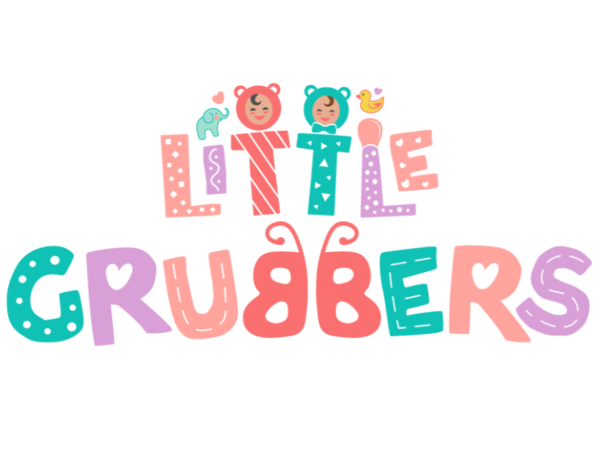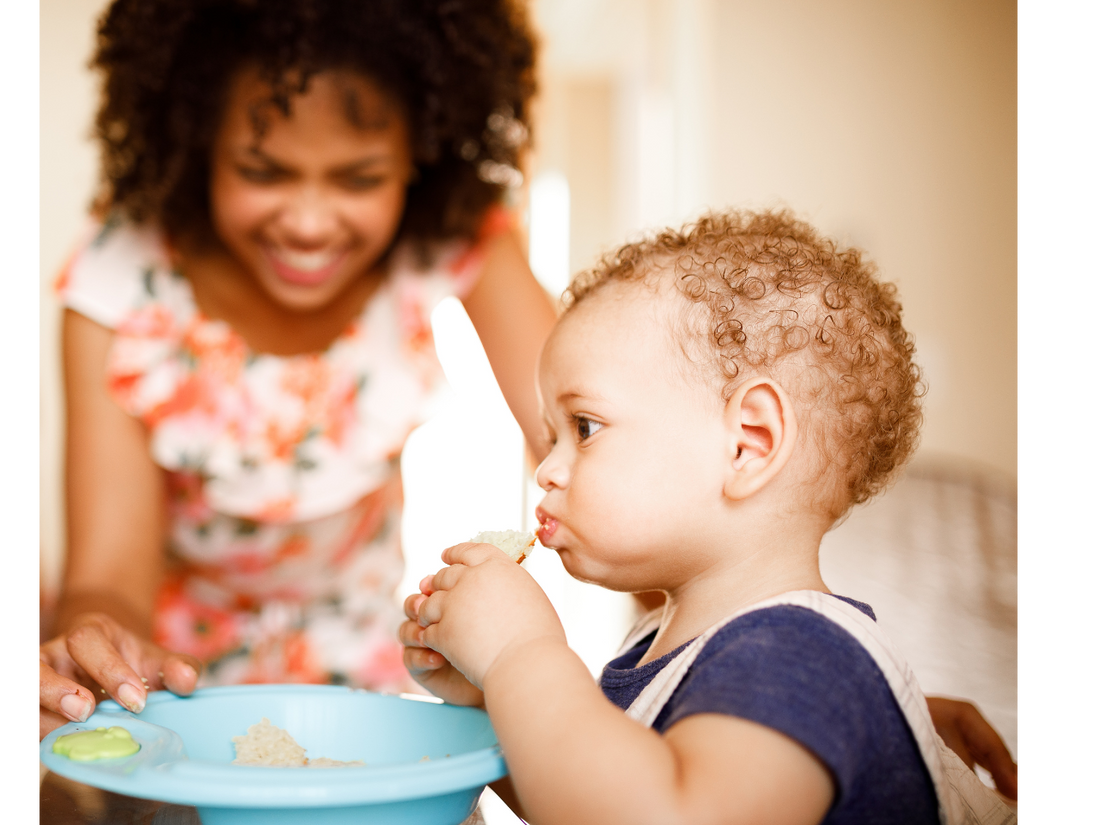Keeping Your Baby’s Food Safe & Healthy
As a parent, you want to give your baby the best start with nutritious, safe meals. But with concerns like foodborne illnesses, choking hazards, and proper storage, ensuring baby food safety can feel overwhelming.
The good news? With simple precautions, you can make mealtimes safer and stress-free! In this guide, we’ll cover the do’s and don’ts of baby food safety, from storage tips to common choking hazards, so you can feed your baby with confidence.
1. The Basics of Baby Food Safety
Baby’s immune systems are still developing, making them more vulnerable to foodborne illnesses. That’s why it’s crucial to follow safe food handling and preparation practices.
Essential Safety Tips:
✔ Wash Hands & Surfaces: Always wash your hands before preparing baby food, and sanitize highchair trays and utensils.
✔ Use Fresh Ingredients: Avoid foods that are past their expiration date and check for signs of spoilage.
✔ Cook Food Thoroughly: Meat, eggs, and certain veggies should be cooked to a safe temperature before serving.
✔ Introduce One New Food at a Time: This helps identify potential food allergies before mixing new ingredients.

2. Safe Storage for Baby Food
Proper food storage for babies is key to preventing bacteria growth. Whether you’re making homemade baby food or using store-bought options, here’s how to keep food fresh and safe.
How to Store Baby Food Safely:
✅ Refrigerate Leftovers Immediately: Purees and opened baby food jars should be refrigerated and used within 24-48 hours.
✅ Freeze for Longer Storage: Store homemade purees in small portions using ice cube trays or silicone baby food storage containers.
✅ Label & Date Everything: Keep track of when food was made or opened to avoid serving expired items.
✅ Never Feed Directly from the Jar: Scoop out the portion you need to avoid introducing bacteria into the container.
3. Choking Hazards for Babies: What to Avoid
One of the biggest concerns for parents during mealtime is choking hazards for babies. Babies are still learning to chew and swallow, so certain foods require extra caution.
Common Choking Hazards for Babies:
🚫 Whole grapes, cherries, and cherry tomatoes (cut them into quarters)
🚫 Hard foods like nuts, popcorn, or raw carrots
🚫 Large chunks of meat or cheese (serve in soft, bite-sized pieces)
🚫 Sticky foods like peanut butter on a spoon (spread thinly instead)
🚫 Marshmallows, hot dogs, and firm fruits like apples (thinly slice or cook until soft)
💡 Tip: Always supervise your baby during meals and encourage self-feeding with age-appropriate utensils to promote safe chewing habits.
4. Signs of Food Allergies in Babies
Food allergies can develop at any stage, so it’s important to introduce allergens carefully. The top allergens include dairy, eggs, peanuts, tree nuts, soy, wheat, fish, and shellfish.
How to Introduce Allergens Safely:
✔ Start with one new food at a time, at least 3-5 days apart.
✔ Serve a tiny amount first and watch for reactions.
✔ Offer new foods in the morning or early afternoon to monitor symptoms.
Signs of a Food Allergy or Intolerance:
🚨 Rash, hives, or redness around the mouth
🚨 Vomiting or diarrhea
🚨 Swelling of lips, face, or tongue
🚨 Difficulty breathing (Seek medical help immediately!)
If your baby shows any allergic reaction, stop feeding the food immediately and contact your pediatrician.
5. How to Make Mealtimes Safer & Stress-Free
Safe feeding practices go beyond just food safety—creating a calm, enjoyable atmosphere can help babies feel secure and excited about eating.
Tips for a Safe & Relaxed Mealtime:
✔ Use a Properly Fitted Highchair: Babies should be seated upright with feet supported for safe swallowing.
✔ Encourage Self-Feeding: Letting babies explore food at their own pace reduces gagging and promotes independence.
✔ Skip Distractions: Avoid screens during meals so babies can focus on eating and chewing properly.
✔ Teach Safe Drinking Habits: Offer open cups or straw cups instead of sippy cups to support healthy oral development.

Baby Food Safety Starts with Simple Habits
Keeping your baby’s food safe and nutritious doesn’t have to be complicated. With proper storage, careful food prep, and safe feeding practices, you can enjoy mealtime with confidence.
By following these baby food safety tips, you’ll help your little one develop healthy eating habits that last a lifetime!
Encourage Safe & Independent Eating with the Little Grubbers 3-in-1 Baby Spoon!
Looking for a spoon that’s safe and easy for babies to use? The Little Grubbers 3-in-1 Baby Spoon™ is designed for:
✅ Gum-friendly texture for teething babies
✅ Easy-to-grip handle for self-feeding success
✅ BPA-free, non-toxic materials for ultimate safety
💡 Click here to shop now!

